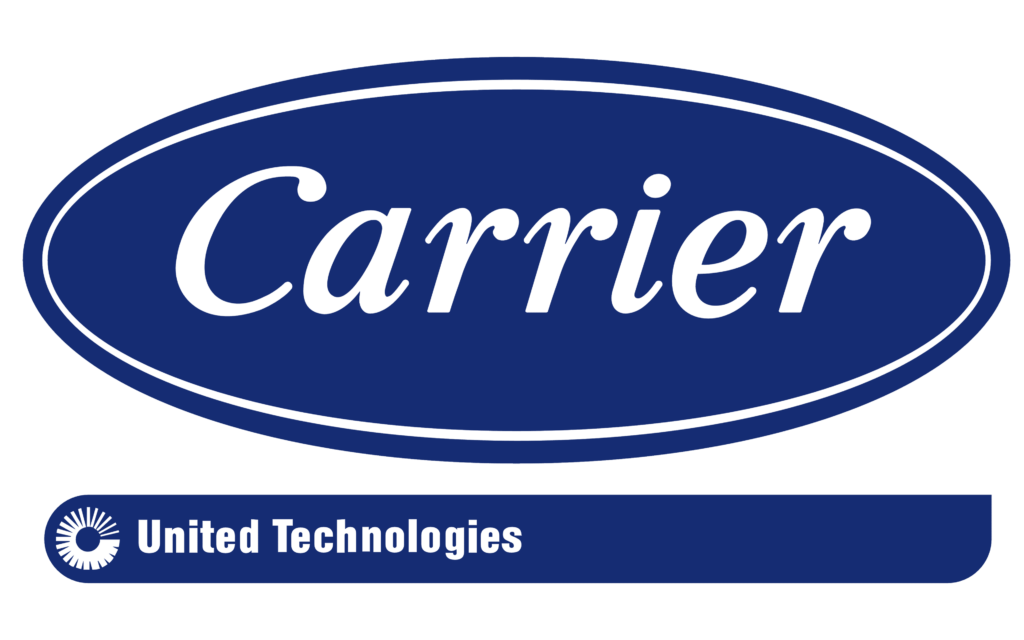When your HVAC unit works efficiently, it consumes less energy while it makes your home feel comfortable. An air conditioner’s Seasonal Energy Efficiency Ratio (SEER) rating helps determine its efficiency. In general, the higher the SEER rating, the more efficient your AC is.
Understanding what this rating means will help you make an informed decision about an air conditioning unit that will best meet your needs.
What is a SEER Rating?
SEER ratings are ratios that are calculated by taking the annual cooling output of a unit during the cooling season divided by the total electric energy input.
Unlike BTU, which measures a system’s energy output, a SEER rating compares energy output to energy consumption. It is possible to calculate your AC system’s energy use just by considering the SEER rating and BTU.
For example:
If you have a 24,000/BTU air conditioner with a SEER rating of 15, and it runs for 8 hours a day over a 125-day summer season, its total cooling output would be 24 million BTU (24,000 BTU x 8 hours x 125 days). With a SEER rating of 15, the system would use 1,600 kWh (24,000,000 divided by 15= 1,600,000 Wh.)
While this is just an estimate, keep in mind that Florida summers are quite hot and will likely require more electricity to keep your home cool.
What is a Good SEER Rating?
A higher SEER rating equals greater energy efficiency and energy savings. The minimum SEER standard for HVAC units is 13 though ratings can go as high as 21.
Further, ENERGY STAR qualified AC units must have a SEER rating of 14.5 to qualify.
Remember, the efficiency of your system can depend on the size of your home, your ductwork, and other variables.
What SEER Rating is Ideal for My Home?
The ideal SEER rating for your home depends on several factors that are unique to each home including the location, size, and HVAC needs. Further, the U.S. Department of Energy enforces minimum SEER requirements by geographical location. In the Southeast, our minimum SEER rating is 14.
Keep in mind, higher-rated SEER air conditioners cost more than lower-rated SEER rated models, so make sure that you discuss with your HVAC professional what energy savings you want from your unit.
Is a Higher SEER Rating Worth It?
A higher SEER rating might allow for a higher level of comfort and greater energy savings, but the upfront costs of the unit will be higher. Higher SEER AC units often come with enhanced features such as multi-stage cooling which allows the unit to stay on longer rather than frequently starting and stopping.
If you live somewhere with high humidity like Florida, an AC unit with a higher SEER rating will make you much more comfortable.
Your HVAC technician from Super Heat, Air, and Plumbing will be able to recommend a unit with a SEER rating that will meet your specific requirements.
Where Can I Find my AC Unit’s SEER Rating?
For most air conditioners, the SEER rating can be found on the outside of the unit printed on a bright yellow sticker with “Energy Guide” at the top. If you cannot locate it, you should be able to find your AC model’s SEER rating listed online.
Tampa Bay Energy-Efficient Air Conditioning Systems
If you are in the market for a new energy-efficient air conditioning system, call our team at Super Heat, Air, and Plumbing at[hls_phone_number]! We will discuss SEER ratings with you and determine what size unit and rating are right for your home.



